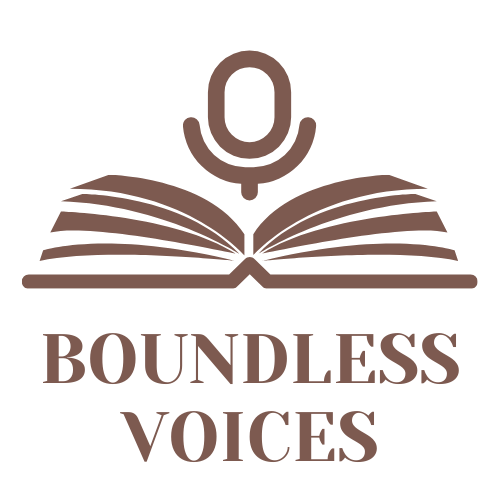A Rose By Any Other Name: pt. 1 “Asian American”
What comes to mind when you think of the term, “Asian American?” Let me narrow that question down: Who comes to mind when you hear “Asian American?”
Some history: In 1936, Yuji Ichioka was born in San Francisco. At 6 years old, after Roosevelt signed Executive Order 9066, Ichioka and his family were forced to move from San Francisco to an internment camp in Utah. By the time they left the internment camp, his father was 62 and had to work as a laborer, unable to get any other job.
Ichioka attended UCLA, majoring in history, then attended grad school at Columbia University, studying Chinese history but dropped out to work with incarcerated youth in New York City.
In 1967, Ichioka entered a program at Berkeley in East Asian studies. Here, Ichioka became a student activist, and the next year he would form the Asian American Political Alliance, the first political organization that brought together Asians of different ethnicities to work in partnership with groups for other people of color. Notably, he was able to bring the AAPA together by looking for Asian American names of those in the Peace and Freedom Party, then calling them personally and organizing them.
Now, not only was this the first political organization to bring together different Asians, but it is believed that this was the first time the term “Asian American” was used. Before this, different Asian ethnicities were referred to individually. If any larger grouping was used, it was with the word “oriental,” a word with derogatory implications.
I think the interesting part about “Asian American” is that it specifically points to American Asians, diaspora Asians, rather than native Asians—who have completely different relationships with their race (although clearly people continue to overlook this difference; see BTS at the White House). It is definitely a more helpful term than “oriental.” However, lately it has become more and more clear to me that the term “Asian American” is inadequate.
Firstly, “Asian American” exists as a blanket term, grouping together immigrants from over 20 different countries who have immigrated to the US over the course of two centuries into one check box. It also typically centers East Asian Americans with ideas like the model minority myth—which doesn’t account for the major disparities within the racial group.
Although the median Asian American household income was higher than the national median ($85,800 to $61,800in 2019), this number doesn’t show that by ethnicity, household incomes range from $44,400 (Burmese) to $119,000 (Asian Indian).
Additionally, and more recently, the term AAPI (Asian American and Pacific Islander) seems even less helpful considering how vastly different the experiences of Asian Americans are compared to Pacific Islanders.
President Barack Obama eliminated the words “Oriental” and “Negro” from federal laws at the same time in 2016, replacing them with “Asian American” and “African American,” which I think is clear enough of the good intentions behind the terms.
However, the words we use to describe ourselves are never black-and-white good or bad. Of course there are benefits to the term “Asian American”—pointing at shared experiences, immigration, exoticization, and xenophobia. Still, we have to acknowledge the groups whose unique experiences and struggles are hidden behind this label. AAPI literature is vast and unique and diverse, and all you have to do is take a look at the books we’ve been reading to see that.
Resources:
Obama signs bill eliminating ‘Negro,’ ‘Oriental’ from federal laws
Key Facts About Asian Origin Groups in the US
Coining of the term “Asian American”: Yuji Ichioka and Emma Gee
